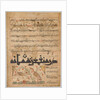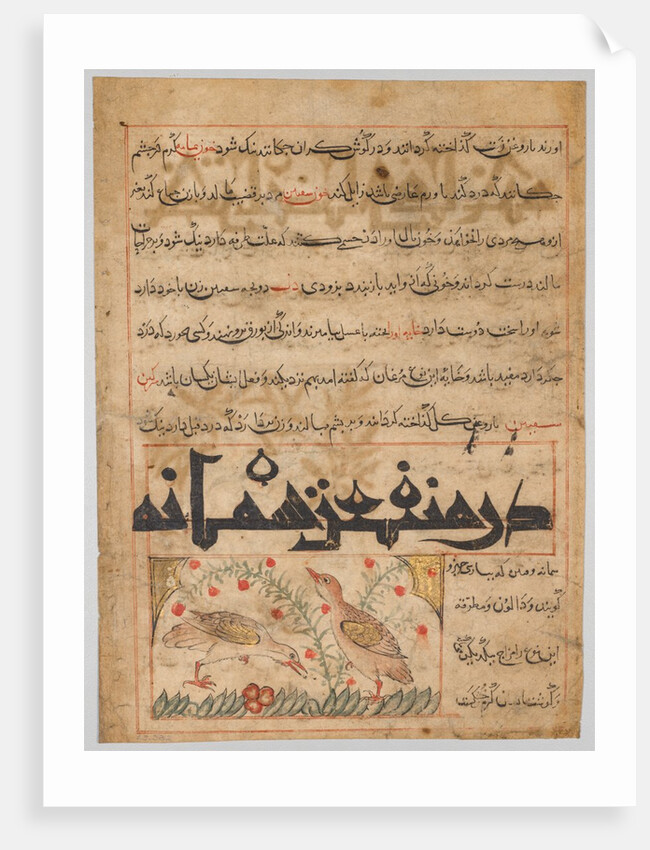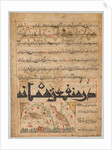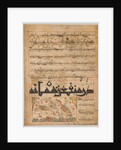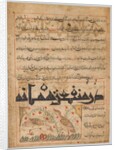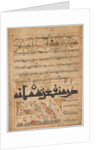Sizing information
| Overall size (inc frame) | x cm ( x in) |
| Depth | cm (in) |
| Artwork | x cm ( x in) |
| Border (mount) |
cm
top/bottom
(in)
cm left/right (in) |
| The paper size of our wall art shipped from the US is sized to the nearest inch. | |

Our prints
We use a 200gsm fine art paper and premium branded inks to create the perfect reproduction.
Our expertise and use of high-quality materials means that our print colours are independently verified to last between 100 and 200 years.
Read more about our fine art prints.
Manufactured in the UK, the US and the EU
All products are created to order in our print factories around the globe, and we are the trusted printing partner of many high profile and respected art galleries and museums.
We are proud to have produced over 1 million prints for hundreds of thousands of customers.
Delivery & returns
We print everything to order so delivery times may vary but all unframed prints are despatched within 1–3 days.
Delivery to the UK, EU & US is free when you spend £75. Otherwise, delivery to the UK costs £5 for an unframed print of any size.
We will happily replace your order if everything isn’t 100% perfect.
Product images of On the Benefits of Quails from a Manafi al-Hayawan…, c. 1300

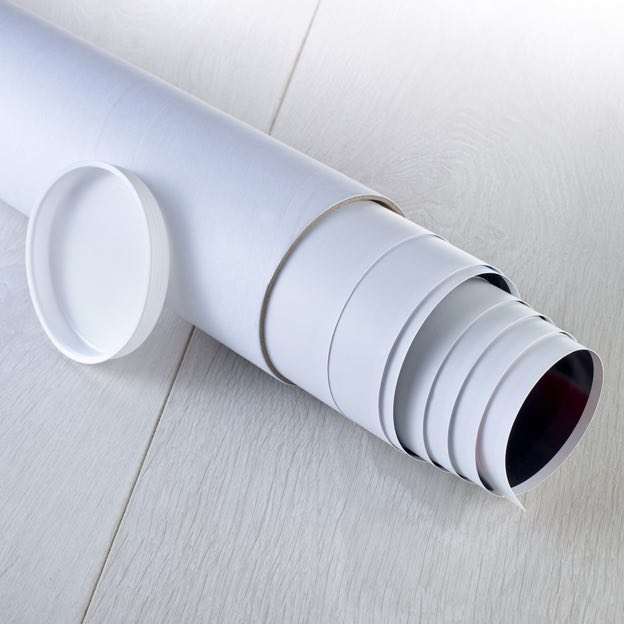

Product details On the Benefits of Quails from a Manafi al-Hayawan…, c. 1300
On the Benefits of Quails from a Manafi al-Hayawan…, c. 1300
On the Benefits of Quails (verso) from a Manafi al-Hayawan (On the Usefulness of Animals) of Ibn Bakhtishu (d. 1058), c. 1300. The Benefits of Animals describes the physical characteristics of many different animals and provides their medicinal uses at the time. Most of the text on this page is a continuation of a section about doves from the previous page. It says, for example, that blood from dove wings cures sore eyes and cooked dove egg mixed with honey and a little borax is good for those with liver complaints. The large title written in Kufic script near the bottom of the page translates as "The Quail and its Qualities and Benefits," marking the beginning of the next section. The illustration depicts two quails in active postures. The Mongol ruler of Iran from 1295 to 1304, Ghazan Khan, commissioned a Persian translation of the Arabic text, and this important page is from one of the earliest illustrated manuscripts.
- Image ref: 2736294
- Heritage Art/Heritage Images
Find related images
 zoom
zoom




